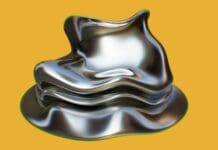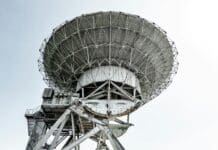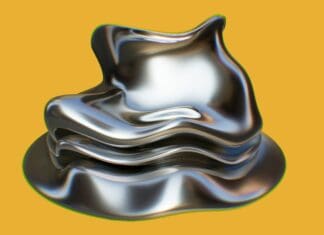This post is also available in:
 עברית (Hebrew)
עברית (Hebrew)
Insect vision has long inspired engineers, as these creatures have been solving navigational challenges for millions of years, without the brain power or technology of humans. Now, an extraordinary study inspired by the dung beetle is set to revolutionize navigation systems.
The research builds on a discovery made by Swedish scientists in 2013, that dung beetles use the Milky Way as a nighttime navigational aid. Now, a team of engineers from the University of South Australia, are modeling the dung beetle’s navigation technique to create an AI sensor capable of accurately measuring the orientation of the Milky Way, even in low-light conditions. The researchers explain that this innovative approach is based on the fact that while the beetles can’t distinguish individual stars due to the characteristics of their eyes, they use the bright band of the Milky Way as a reliable reference point while rolling dung in a straight line. This can be used in navigation systems in satellites, for example, to use the large Milky Way as a reference for navigation.
In a series of experiments, the research team mounted a camera on a vehicle to capture images of the Milky Way while moving and when stationary. Using these images, they developed a computer vision system capable of reliably measuring the Milky Way’s orientation, a critical first step toward implementing this technology in navigation systems.
The findings, published in the journal Biomimetics, suggest that this orientation sensor could serve as a backup method for stabilizing satellites and enhancing navigation in drones and robots, particularly in challenging low-light conditions where movement-induced blur is prevalent. The team explained that integrating the algorithm into a drone would allow it to autonomously navigate during nighttime flights.
As researchers continue to draw inspiration from the natural world, the potential applications for such biomimetic technologies are both vast and exciting.


























